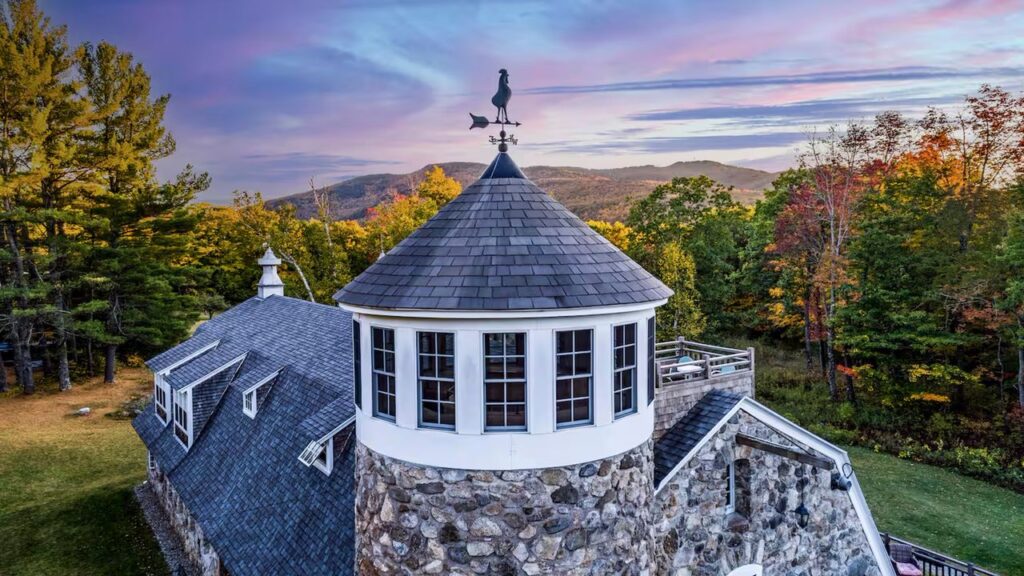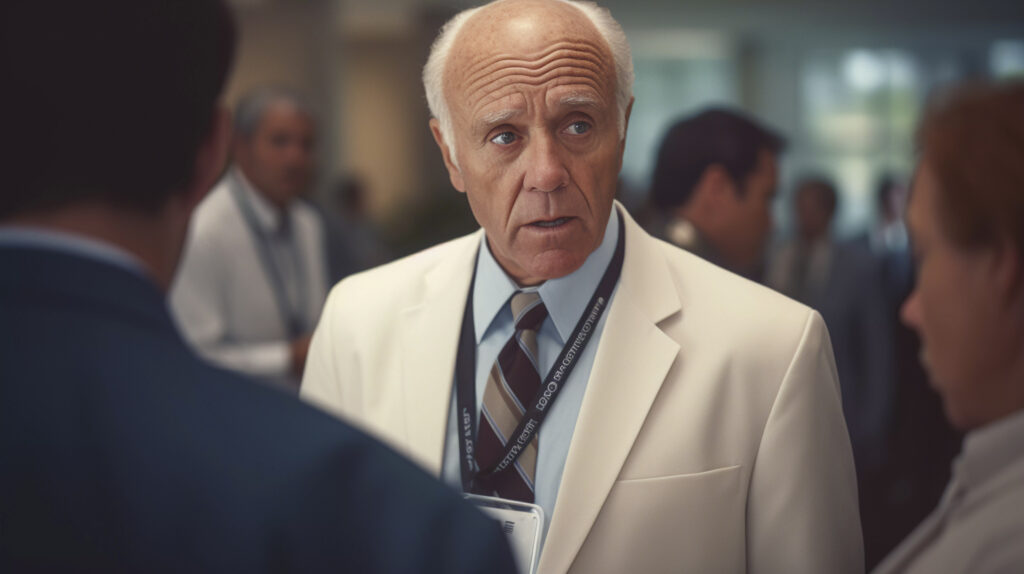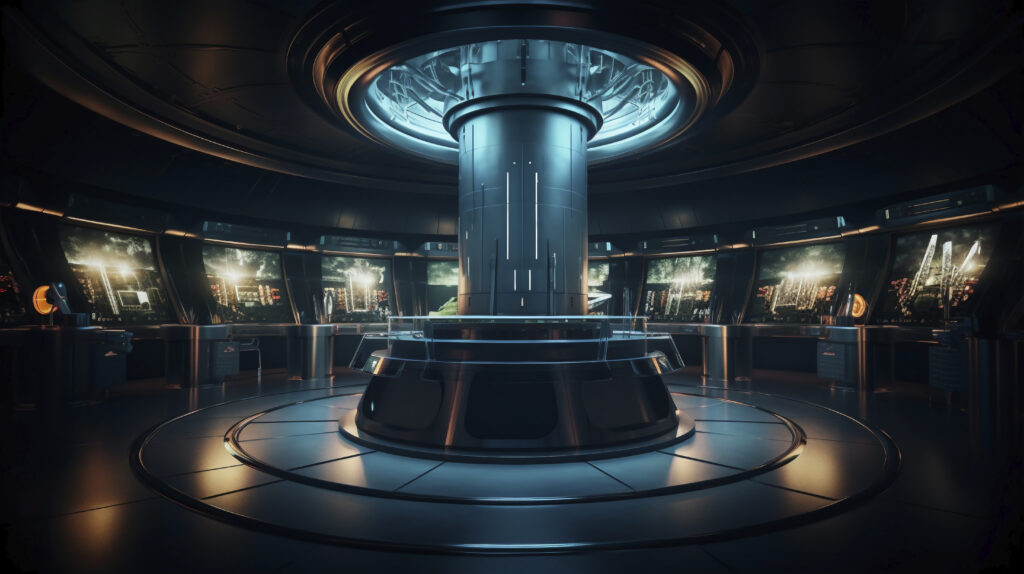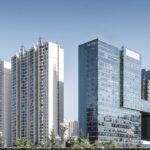In a shocking act of violence, a shooting at an Immigration and Customs Enforcement (ICE) facility in Dallas, Texas, has left three people hurt. This happened on September 24, 2025, and it has people talking about rising tensions around immigration and politics in the U.S. The attack took place at an ICE field office in McKinney, a suburb near Dallas. Local media first reported the news, and soon federal agencies like the FBI and Department of Homeland Security (DHS) stepped in to share details.
The gunman, a 29-year-old man named Joshua Jahn, opened fire from a rooftop close to the building. He killed one detainee right away and left two others in critical condition. Sadly, Jahn took his own life after the shooting. This tragic event has raised big questions about safety at government buildings and the role of political anger in such acts.
How the Attack Unfolded
The shooting started in the morning hours. Witnesses said they heard multiple gunshots coming from outside the secured area of the ICE office. The facility is mainly used for quick processing of people who were just arrested on immigration issues. It’s not a long-term jail, but a busy spot for federal agents.
According to reports, Jahn climbed onto a nearby rooftop and aimed at the entrance. He fired shots that hit a van in the entryway and struck people inside the building. One victim died at the scene, while the other two were rushed to a hospital. Their names have not been released yet, out of respect for their families and the ongoing probe.
FBI agents found key clues at the scene. One was an unused bullet with the words “ANTI-ICE” scratched on it. This points to a possible motive tied to strong feelings against ICE. The shooter’s car, a black sedan parked nearby, had a map of the U.S. stuck on the dashboard. The map marked some areas in red as “nuclear radiation fallout” zones, which adds to the mystery of his mindset.
- Gunman Positions Himself: Joshua Jahn, 29, gets on a rooftop overlooking the ICE office in McKinney, Texas.
- Shots Fired Indiscriminately: He shoots at the facility’s entrance, hitting a van and wounding three detainees.
- Fatal Outcome for Victims: One detainee dies immediately; two others fight for their lives in the hospital.
- Suspect Ends His Life: After the attack, Jahn shoots himself and is found dead by responding officers.
- Quick Response from Authorities: Local police and FBI agents secure the area within minutes, starting a full investigation.
This timeline shows how fast things moved, turning a normal day at the office into chaos.
Federal Response and Investigation
The FBI is leading the case, with help from DHS. Joseph Rothrock, the special agent in charge of the Dallas FBI office, called it an “act of targeted violence.” Early signs show it was not random but aimed right at ICE workers and detainees.
FBI Director Kash Patel said in a statement, “While the investigation is ongoing, an initial review of the evidence shows an ideological motive behind this attack.” They are looking into Jahn’s background to see if he had ties to any groups or online chats that fueled his actions.
DHS Secretary Kristi Noem spoke out too. In an interview on Fox News, she said, “He was targeting ICE,” pointing to the evidence found so far. The department stressed that ICE staff do important work keeping borders safe, and attacks like this hurt everyone.
President Donald Trump reacted strongly on his Truth Social platform. He blamed “Radical Left Democrats” for stirring up hate against law enforcement. Trump wrote that they “constantly demonize Law Enforcement, calling for ICE to be demolished, and comparing ICE Officers to Nazis.” He promised to sign an executive order to “dismantle these Domestic Terrorism Networks.” Vice President JD Vance echoed this, calling for unity against violence.
But not everyone agrees on the blame. Noah Jahn, the shooter’s brother, told reporters, “I didn’t know he had any political intent at all.” This shows how such events can shock even close family members.
White House adviser Stephen Miller also weighed in. He shared a video of California Governor Gavin Newsom and said, “This language incites violence and terrorism.” Miller thinks harsh words from politicians on both sides play a part in these tragedies.
A Pattern of Violence at Immigration Sites
This Dallas shooting is not the first scare at ICE spots this year. Just weeks ago, on September 10, 2025, conservative activist Charlie Kirk was killed in Orem, Utah. A 22-year-old student did it, but no clear reason has come out yet. That death sparked fears of more political killings across the country.
Closer to home, Texas has seen other attacks on DHS buildings. In July 2025, a police officer got shot at an ICE center in Prairieland. Then, in McAllen, agents killed a man from Michigan after he fired at a Border Patrol station. These events make people worry about a growing wave of anger aimed at immigration enforcement.
Protests add to the tension too. Last week, in a suburb near Chicago, crowds clashed with ICE agents. Some demonstrators got hurt, including the mayor of Evanston, Illinois. The Trump administration’s tough rules on borders have led to more rallies, but sometimes they turn ugly.
On September 22, 2025, the White House labeled antifa as a domestic terror group. They did not link it directly to Kirk’s death, but it shows how heated the debate is. Experts say social media and news cycles make bad feelings spread fast, pushing some to extreme steps.
Broader Impact on Communities and Policy
The Dallas attack hits hard in a city known for its mix of cultures. McKinney is growing fast, with many families from different backgrounds. ICE offices like this one process hundreds of cases each month, often involving people seeking asylum or facing deportation.
Safety is now a top worry. ICE has promised more guards and checks at facilities nationwide. But critics say the real fix is cooling down the political talk. Groups on the left argue that strict immigration laws cause the backlash, while those on the right point to open-border ideas as the spark.
Families of the victims are grieving. One detainee’s loved ones wait by hospital beds, hoping for good news. The community holds vigils, lighting candles for peace. Local leaders in Dallas urge calm and call for answers.
As the probe goes on, Americans watch closely. Will this lead to real changes in how we handle immigration fights? Or will it just deepen the divide? Only time will tell, but one thing is clear: violence solves nothing.
This event reminds us to speak up with care. In a nation built by immigrants, finding common ground is key. Stay safe, stay informed, and let’s hope for healing ahead.






















